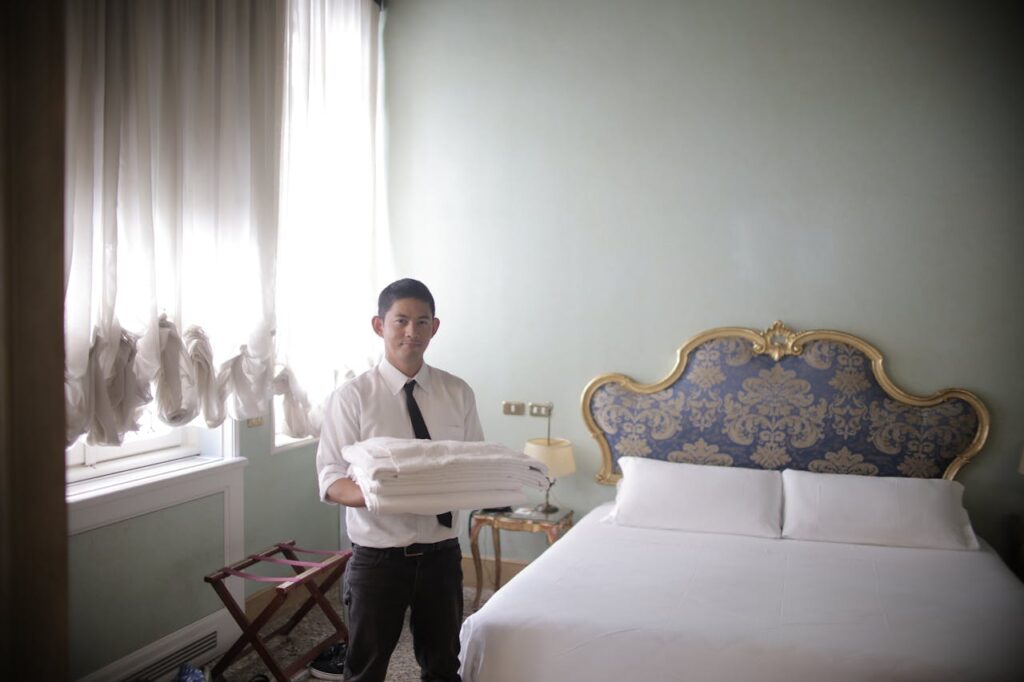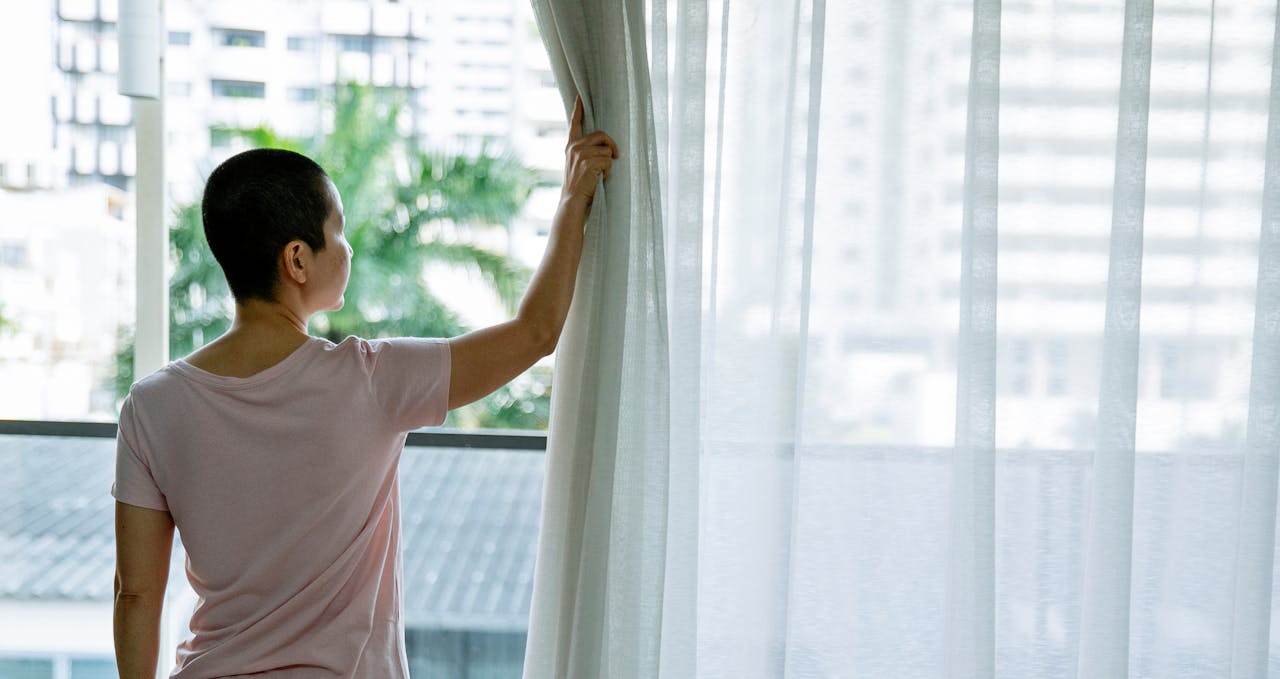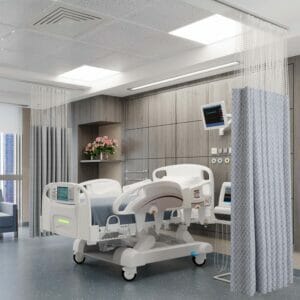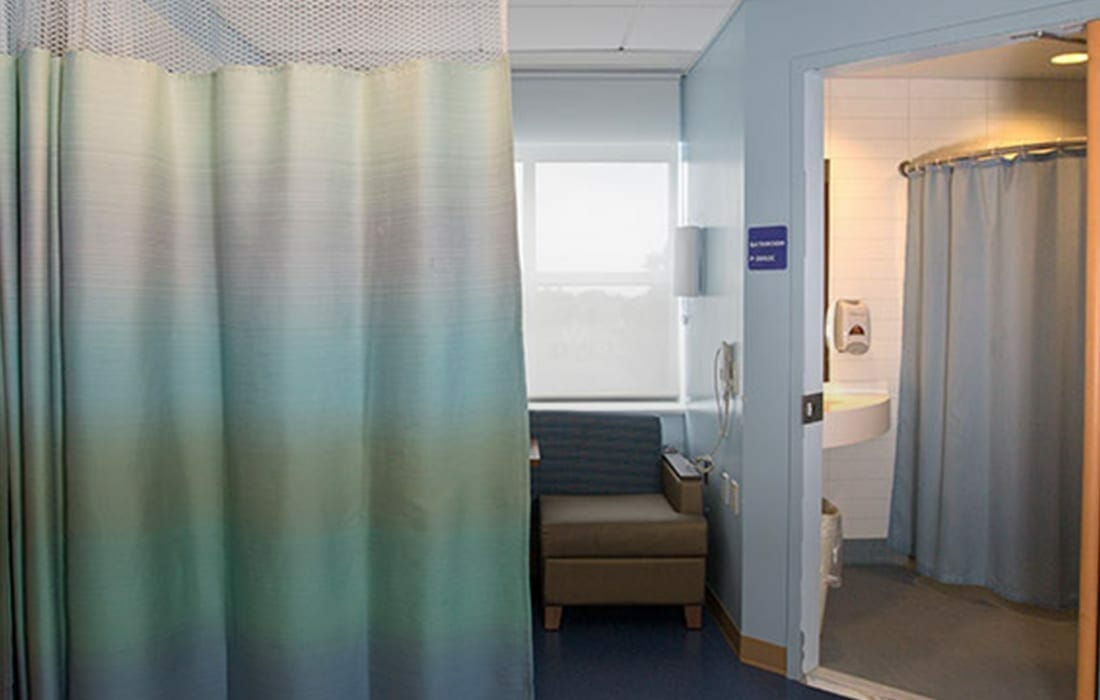Healthcare compliance is more than a regulatory requirement—it’s a cornerstone of patient safety, infection control, and operational efficiency. From sanitation procedures to equipment standards, every aspect of hospital management is closely scrutinized. One area often overlooked, yet vital to compliance, is the management of privacy curtains. These curtains, positioned between patient beds and treatment spaces, play a crucial role in infection prevention and ensuring patient dignity.
In recent years, many healthcare facilities have begun turning to privacy curtain rental as a solution to meet stringent compliance standards. Rental programs streamline curtain management, reduce risks associated with infection, and help facilities stay audit-ready. This blog explores how privacy curtain rentals elevate compliance in hospitals, why this approach outperforms traditional ownership, and how it supports the broader goals of patient safety and operational excellence.
The Role of Privacy Curtains in Healthcare Settings
Privacy curtains are not merely decorative partitions. They are classified as high-touch surfaces and frequently exposed to pathogens through direct and indirect contact. Hospital staff, patients, and visitors often handle these curtains without realizing the contamination risks involved.
Compliance agencies such as the Joint Commission and the Centers for Disease Control and Prevention (CDC) stress the importance of maintaining a hygienic environment. Since curtains fall into the category of “soft surfaces,” they must be managed with the same diligence as hard surfaces and equipment. Failure to do so can compromise patient safety and lead to regulatory citations.
Why Compliance Matters in Curtain Management
Healthcare compliance exists to minimize risks and uphold quality standards. When it comes to privacy curtains, compliance addresses several areas:

-
Infection control: Reducing the spread of pathogens like MRSA and C. diff.
-
Patient safety: Preventing cross-contamination in vulnerable care units.
-
Regulatory inspections: Meeting standards set by governing bodies.
-
Operational consistency: Ensuring curtains are maintained, replaced, or repaired without delay.
Non-compliance in curtain management is not just a procedural gap—it can result in fines, reputational damage, and, most importantly, compromised patient health.
For further reading on the dangers of neglecting curtain care, hospitals can review The Hidden Hygiene Risks of Skipping Regular Discharge Curtain Servicing, which details how lapses in upkeep quickly escalate into compliance failures.
How Privacy Curtain Rental Streamlines Compliance
Traditional ownership of privacy curtains requires hospitals to purchase, maintain, launder, and replace them on their own. This process is time-consuming, costly, and leaves room for error. By contrast, privacy curtain rental programs offer a structured, turnkey solution that directly supports compliance goals.
1. Consistent Hygiene Standards
Rental programs ensure curtains are laundered according to healthcare-grade protocols. Facilities no longer need to rely on in-house staff to follow complex cleaning schedules. Professional rental providers follow CDC guidelines, delivering curtains that are ready for immediate use.
2. Documentation and Tracking
One of the challenges hospitals face during audits is proving that curtains are regularly serviced. Rental services provide detailed documentation of cleaning schedules, installation dates, and replacement cycles. This transparency eliminates guesswork and supports smooth regulatory inspections.
3. Guaranteed Availability
When hospitals own their curtains, shortages often occur due to laundry delays or damage. Rental programs maintain a ready supply, ensuring every patient area is covered without interruption. This uninterrupted availability directly aligns with compliance standards.
4. Infection Prevention Integration
Curtain rental programs integrate seamlessly into infection prevention strategies. By providing freshly cleaned curtains at regular intervals, they reduce pathogen load in critical care areas, minimizing risk during inspections and supporting hospital-wide safety goals.
5. Cost-Effective Compliance
Maintaining compliance can be expensive if curtains need frequent laundering, repairs, or replacement. Rental programs consolidate these costs into a predictable service model, making it easier for administrators to budget for compliance without unexpected expenses.
Elevating Hospital Efficiency Through Rental
Compliance and efficiency often go hand in hand. Hospitals are under constant pressure to reduce costs while improving care. Privacy curtain rental plays a key role by reducing administrative burdens, minimizing downtime, and ensuring staff focus on patient care rather than facility logistics.
By outsourcing curtain management, healthcare facilities benefit from:
-
Reduced staff workload – No need for staff to track or replace curtains manually.
-
Minimized infection risk – Curtains arrive professionally sanitized and ready to install.
-
Optimized inventory management – Rental programs eliminate shortages or excess stock.
For a deeper look at how curtain services enhance operational flow, explore Why a Reliable Discharge Curtain Service Is Essential for Hospital Efficiency, which highlights the connection between hygiene services and streamlined hospital operations.
Compliance Risks of Owning Curtains
While ownership may seem straightforward, it creates multiple risks:
-
Missed laundering cycles – Overburdened staff may delay cleaning.
-
Incomplete records – Lack of documentation during inspections.
-
Hidden costs – Repairs, replacements, and laundry can exceed budgets.
-
Compliance gaps – Even small lapses can result in fines.
Hospitals that attempt to manage curtains internally often find themselves juggling competing priorities. A rental program provides both accountability and peace of mind, ensuring compliance is never compromised.
Patient-Centered Compliance
Compliance isn’t only about passing inspections—it’s about delivering safe, high-quality care. Patients deserve environments that prioritize their safety and dignity. Fresh, well-maintained privacy curtains demonstrate a hospital’s commitment to infection control and professionalism.
When patients and families see that every detail, including curtains, is handled with precision, it builds trust. Compliance, in this sense, becomes more than regulation—it becomes a reflection of hospital values.
The Future of Curtain Management in Healthcare

As healthcare regulations continue to evolve, compliance requirements will become more stringent. Hospitals will face increasing pressure to document infection control efforts, reduce hospital-acquired infections, and maintain transparency in facility management.
Privacy curtain rental is not just a trend; it represents the future of compliance-focused facility management. Rental programs combine hygiene, documentation, and cost predictability into a single solution that hospitals can rely on long-term.
Companies like HAIGuard™ are setting the standard by offering comprehensive rental and maintenance solutions designed to simplify compliance and enhance patient care. By leveraging such services, hospitals gain an essential partner in meeting—and exceeding—regulatory expectations.
Compliance in healthcare is non-negotiable, and privacy curtain management is a crucial yet often underestimated factor in meeting regulatory standards. Privacy curtain rental elevates compliance by ensuring consistent hygiene, providing audit-ready documentation, reducing staff workload, and integrating seamlessly into infection control strategies.
By moving away from ownership and adopting rental programs, hospitals not only minimize compliance risks but also improve patient safety, streamline operations, and demonstrate their commitment to quality care.
As regulations continue to evolve, rental solutions will only grow in importance, becoming the gold standard for compliance-ready curtain management. With forward-thinking providers like HAIGuard™, healthcare facilities can stay ahead of the curve, confident in their ability to meet regulatory demands while prioritizing patient well-being.








